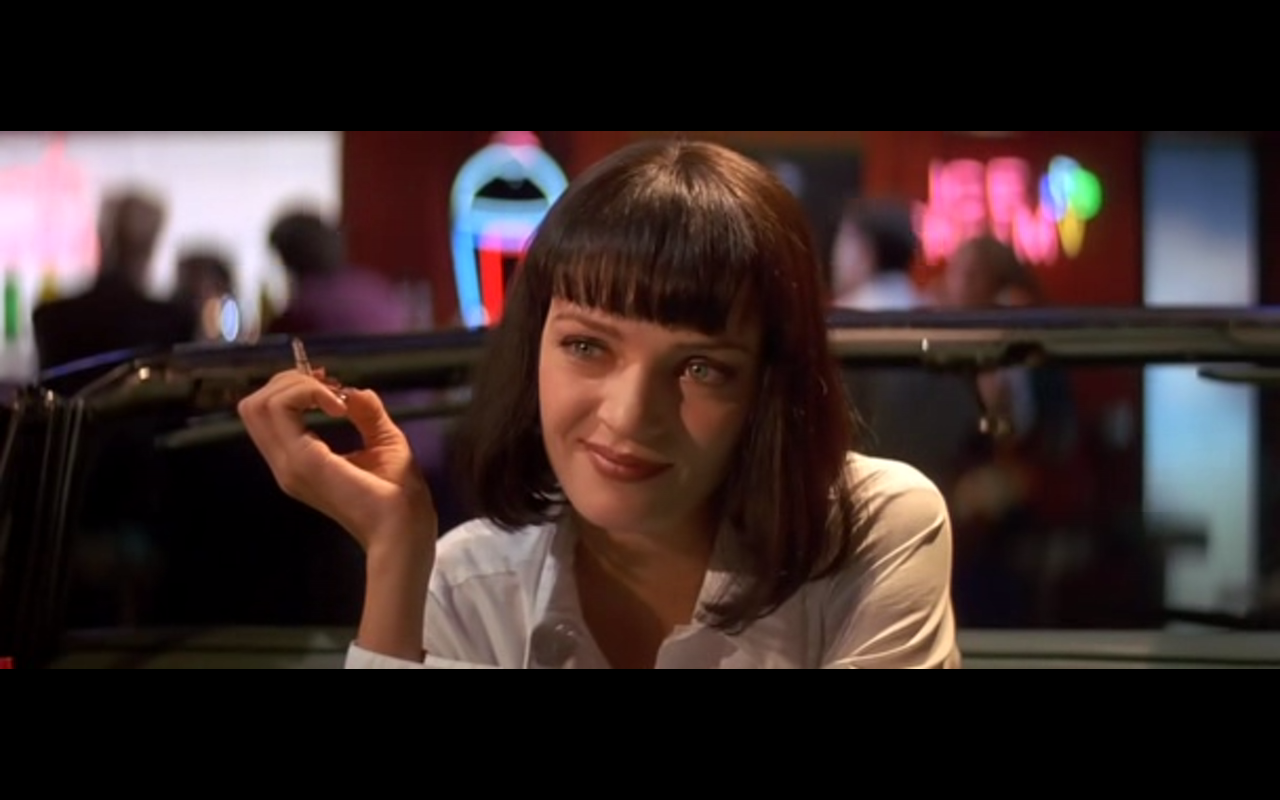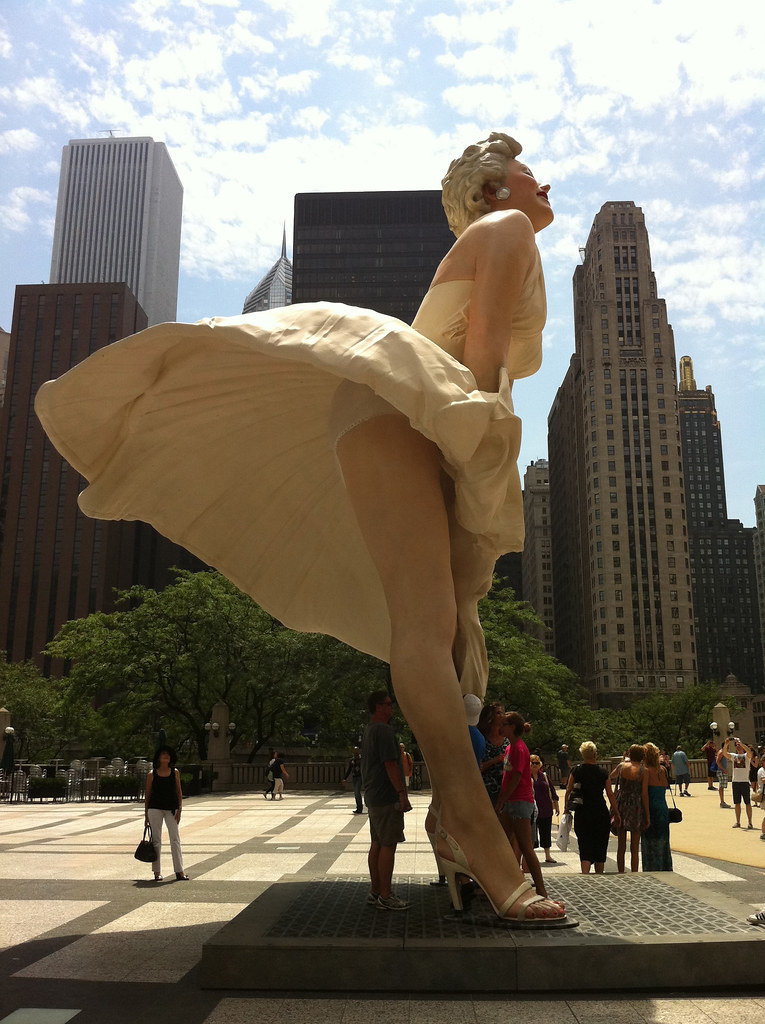
Marilyn Monroe (born Norma Jeane Mortenson), an American actress and model, remains one of the most enduring figures in global popular culture, decades after her untimely death. Known for embodying the “blonde bombshell” archetype, her image as a leading sex symbol of the 1950s and early 1960s was both a carefully constructed persona and a source of profound personal and professional conflict. Her career, marked by significant box office success and critical recognition, often masked a deeply complex individual striving for artistic credibility beyond the glamorous facade.
This exploration delves into the foundational chapters of Monroe’s life and career, examining the environmental and personal elements that shaped her trajectory from a challenging childhood to a burgeoning Hollywood star. Her journey from anonymity to being one of the most recognizable faces in the world was punctuated by resilience, strategic self-presentation, and a persistent drive to transcend the limitations imposed by the studio system and societal expectations.
As we navigate these early years, we uncover the crucial turning points that established her public image and laid the groundwork for her later artistic battles. Her ability to captivate audiences, even in the face of controversy, underscores a unique charisma that has cemented her status not merely as a screen legend but as a perpetual emblem of an era’s sexual revolution and evolving media landscape.
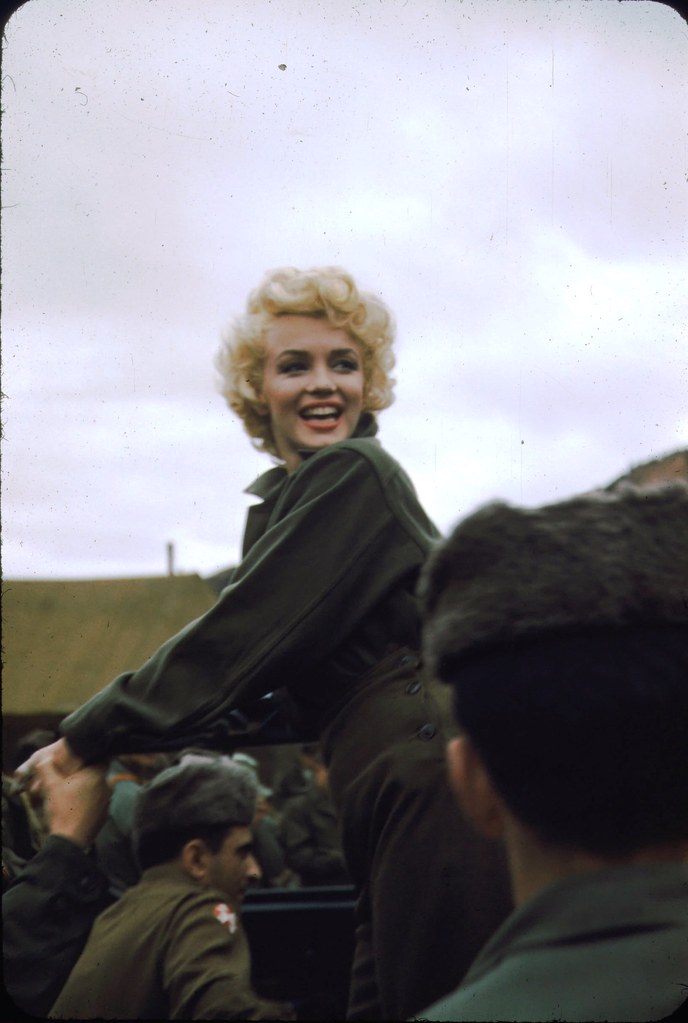
1. **Early Life and Formative Years**Born Norma Jeane Mortenson on June 1, 1926, in Los Angeles, Marilyn Monroe’s earliest years were defined by profound instability. Her mother, Gladys Pearl Baker, diagnosed with paranoid schizophrenia, spent much of her life institutionalized, leading to Monroe becoming a ward of the state. She frequently moved between foster homes and an orphanage, experiencing an upbringing starkly different from her later glamorous image.
Her challenging childhood included allegations of sexual abuse in some placements, contributing to her developing shyness and a stutter. Despite difficulties, her aspiration for acting took root early. She found solace in movies, realizing, “when I said that this was acting, I said that’s what I want to be.” This early exposure to film profoundly influenced her ambitions.
To avoid returning to the orphanage, the then-16-year-old Norma Jeane married factory worker James Dougherty on June 19, 1942. This pragmatic union was later described by Monroe as stifling, “dying of boredom,” foreshadowing her quest for a more fulfilling existence beyond conventional domesticity.
Read more about: No Nepo Babies Here: 15 A-List Celebrities Who Don’t Want Their Kids in Show Business
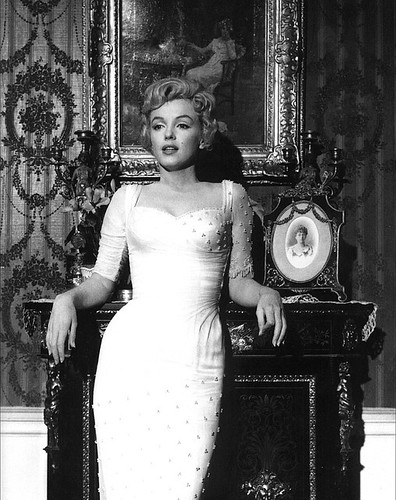
2. **The Genesis of a Pin-up Model**Monroe’s entry into the public eye began in 1944 while her husband, James Dougherty, was deployed during World War II. Working at the Radioplane Company, she was discovered by photographer David Conover, tasked with shooting morale-boosting pictures of female workers. This encounter ignited a new path; by January 1945, Monroe had left her factory job to model for Conover and his associates.
Defying her husband and his disapproving mother, she signed with the Blue Book Model Agency in August 1945. The agency quickly recognized her potential for pin-up modeling, guiding her transformation. She straightened her naturally curly brown hair and dyed it platinum blonde, a look that would become her signature.
Emmeline Snively, the agency’s owner, described Monroe as one of its most “ambitious and hard-working models.” By early 1946, she had graced 33 magazine covers, including *Pageant* and *U.S. Camera*, swiftly establishing herself as a prolific figure in the pin-up circuit.
Read more about: The Hollywood Exit: Revisiting 9 Actresses Who Are No Longer Prominent
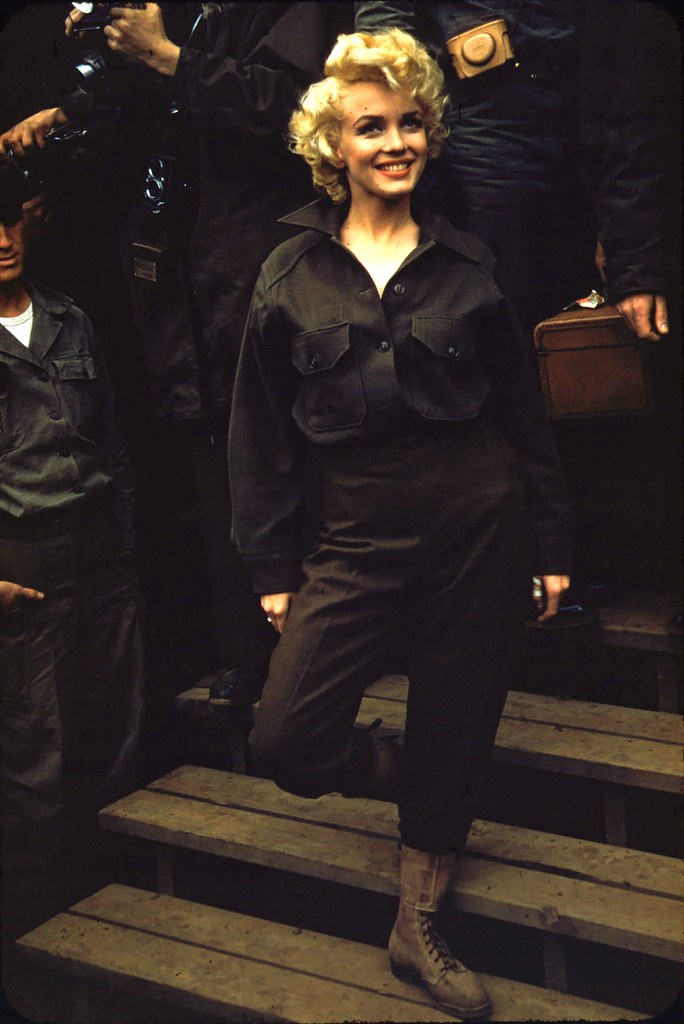
3. **Initial Forays into Hollywood**Monroe’s modeling success paved her way to cinematic aspirations. In June 1946, she signed with an acting agency, leading to a screen-test arranged by Ben Lyon, a 20th Century-Fox executive. Despite initial unenthusiasm from Darryl F. Zanuck, Monroe received a six-month contract in August 1946, a strategic move to prevent her signing with rival RKO Pictures. It was then that Norma Jeane Mortenson formally became “Marilyn Monroe.” This professional rebirth coincided with her divorce from James Dougherty in September 1946.
Her early months at Fox involved intensive training in acting, singing, and dancing. Her contract renewal in February 1947 led to small roles in *Dangerous Years* (1947) and *Scudda Hoo! Scudda Hay!* (1948). Monroe also enrolled in the Actors’ Laboratory Theatre, finding it her “first taste of what real acting in a real drama could be.” However, Fox did not renew her contract in August 1947, returning her to modeling and odd studio jobs.
Undeterred, Monroe continued acting studies, strategically networking with figures like gossip columnist Sidney Skolsky and studio executive Joseph M. Schenck. This led to a contract with Columbia Pictures in March 1948. There, her look was refined and she worked with head drama coach Natasha Lytess. Her only Columbia film, *Ladies of the Chorus* (1948), was her first starring role, though it was unsuccessful and her contract was not renewed.
Read more about: Christoph Waltz: Tracing the Path of an Austrian Actor’s Rise to International Acclaim and Cinematic Distinction
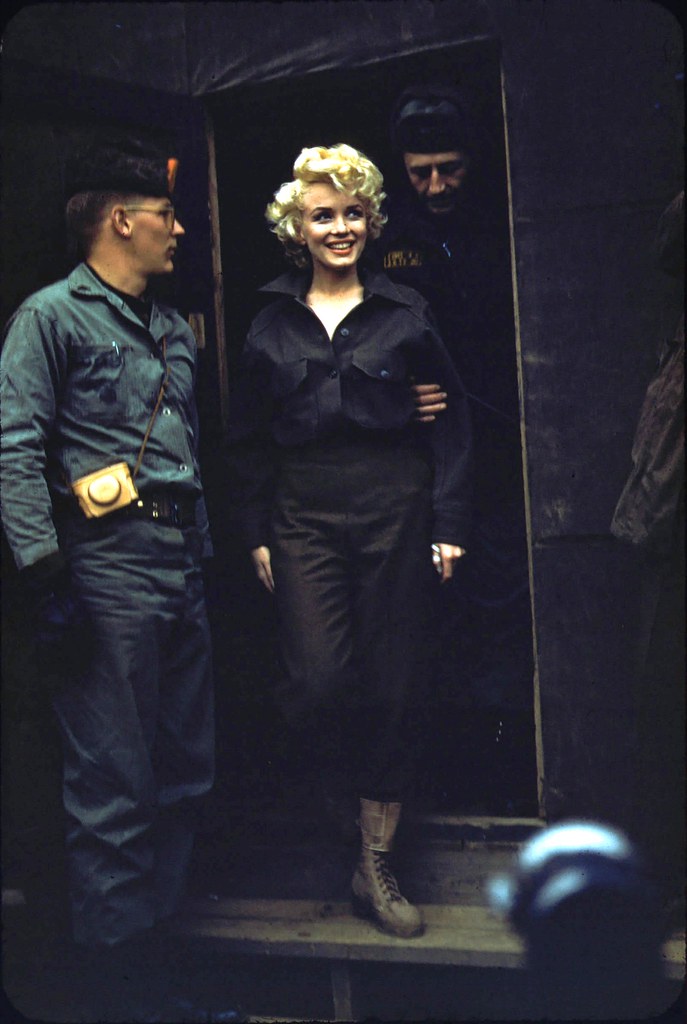
4. **The Breakthrough: Dramatic and Noir Roles**After her Columbia contract ended, Monroe returned to modeling, but her career received a crucial boost through Johnny Hyde, vice president of the William Morris Agency and her mentor. Hyde was instrumental in securing small, yet significant, roles for Monroe in two critically acclaimed films, pivotal to her rising profile.
These included Joseph Mankiewicz’s drama *All About Eve* (1950), which earned 14 Academy Award nominations. Despite limited screen time, Monroe’s performance impressed Bette Davis, who later praised her ambition and talent. Equally impactful was her role in John Huston’s film noir *The Asphalt Jungle* (1950), where biographer Donald Spoto noted she “moved effectively from movie model to serious actress,” earning a *Photoplay* mention. These roles showcased her capabilities beyond superficial glamour.
Capitalizing on this momentum, Hyde negotiated a seven-year contract for Monroe with 20th Century-Fox in December 1950, though he tragically died days later. In 1951, she took supporting roles in three moderately successful Fox comedies. While often cast as a “sexy ornament,” critics began to notice, with *The New York Times* calling her “superb” in *As Young As You Feel*, signifying her growing appeal.
Read more about: Sir Michael Gambon, the Distinguished Actor Who Enchanted Audiences as Dumbledore, Dies at 82: A Legacy of Stage and Screen Mastery
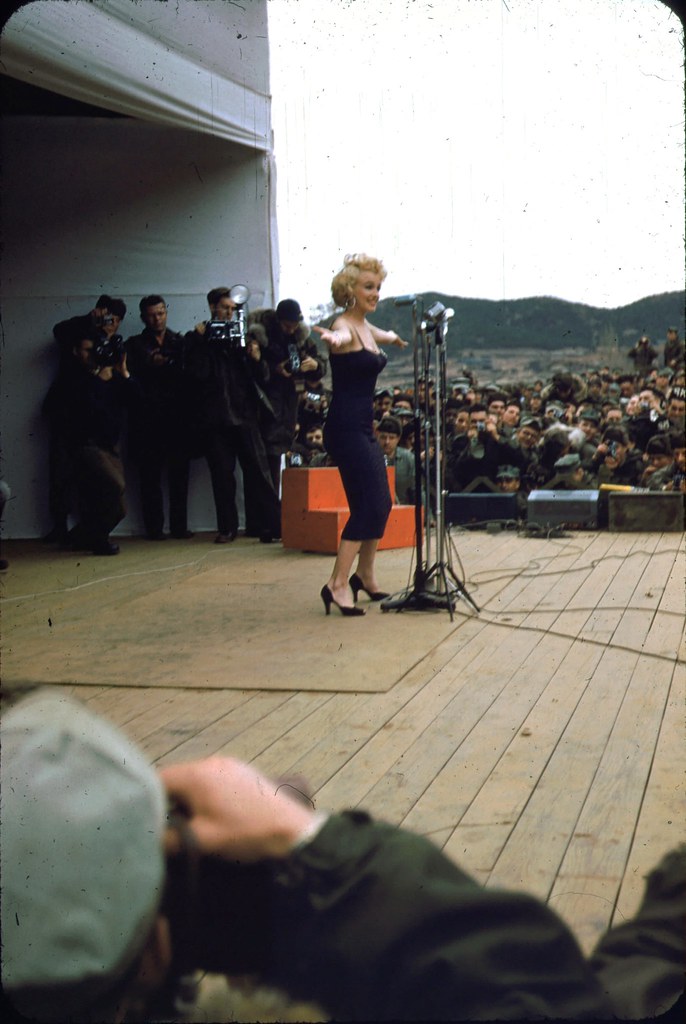
5. **Navigating Public Scandal**Monroe’s burgeoning stardom faced an early public relations test in March 1952, when it was revealed she had posed for nude calendar photographs in 1949, prior to her fame. The studio, aware of the rumors, collaborated with Monroe on a proactive strategy: openly admit to the photos while stressing her dire financial circumstances at the time.
This candid admission proved a masterstroke. Far from damaging her career, the story unexpectedly garnered public sympathy and significantly increased interest in her films, for which she now received top billing. *Life* magazine featured her as the “Talk of Hollywood,” and Hedda Hopper declared her the “cheesecake queen” turned “box office smash.”
The studio swiftly capitalized on this surge, releasing *Clash by Night*, *Don’t Bother to Knock*, and *We’re Not Married!* in quick succession. This strategic timing leveraged the widespread attention, demonstrating Monroe’s commercial viability even amidst controversy. The incident underscored the complex interplay between her public image, personal history, and Hollywood’s publicity machinery.
Read more about: Wait, WHAT?! You Won’t Believe These 12 Celeb Couples Secretly Share Kids!
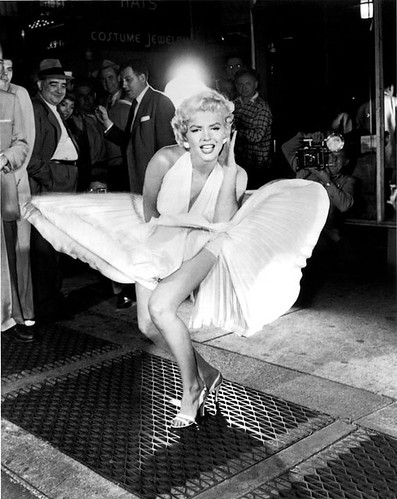
6. **Emergence as a Cinematic Sex Symbol**The year 1953 definitively cemented Marilyn Monroe’s status as a major sex symbol and one of Hollywood’s most bankable performers, showcased across three pivotal film releases. First, the Technicolor film noir *Niagara* overtly relied on her sex appeal, casting her as a femme fatale. Scenes where her body was covered only by a sheet or towel were considered shocking for contemporary audiences and heavily utilized in marketing. This film also saw the refinement of her iconic make-up and gave rise to *Niagara*’s most famous scene, a 30-second long shot behind Monroe walking with swaying hips. Despite protests, *Niagara* proved immensely popular; *The New York Times* noted, “the falls and Miss Monroe are something to see,” acknowledging her seductive presence.
Her second film of 1953, the satirical musical comedy *Gentlemen Prefer Blondes*, firmly established her “dumb blonde” screen persona. Co-starring with Jane Russell, Monroe delivered a memorable performance of “Diamonds Are a Girl’s Best Friend.” Critics praised her “ability to sex a song as well as point up the eye values of a scene by her presence,” contributing to the film’s major box office success.
Monroe’s third film that year, *How to Marry a Millionaire*, released in November, repeated the successful formula, casting her alongside Grable and Lauren Bacall. This film was notable as the second ever released in CinemaScope. Her status as a leading sex symbol was undeniably confirmed in December 1953 when Hugh Hefner featured her, without her consent, as the centerfold and cover star of the inaugural *Playboy* issue.
Read more about: Flashback to Fabulous: Unveiling 12 of the Most Iconic 1960s Actresses Who Ruled the Silver Screen!
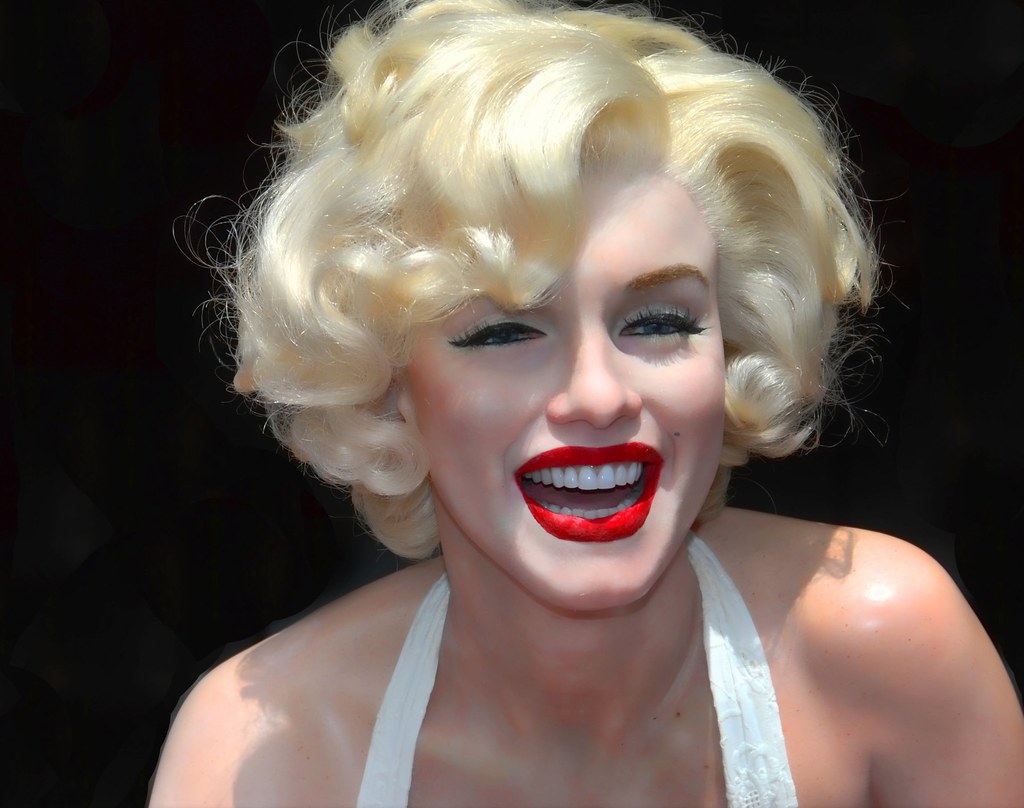
7. **The Studio System’s Constraints**By 1953 and 1954, Marilyn Monroe had become one of 20th Century-Fox’s paramount stars, consistently featuring in the Top Ten Money Making Stars Poll and deemed its “greatest asset” by Fox historian Aubrey Solomon. However, her contract, largely unchanged since 1950, left her significantly underpaid compared to peers and without creative control over her projects.
This disparity fueled her growing frustration with being typecast. Her attempts to secure roles beyond the “pin-up” image were consistently thwarted by studio head Darryl F. Zanuck, who reportedly harbored a “strong personal dislike” for her and doubted her revenue potential in other roles.
Under pressure from studio owner Spyros Skouras, Zanuck had dictated that Fox would focus exclusively on “entertainment,” canceling “serious films.” The simmering conflict escalated in January 1954 when Zanuck suspended Monroe after she refused to begin *The Girl in Pink Tights*. This suspension became front-page news, vividly illustrating the power struggle between the burgeoning star and the rigid studio system.
Read more about: Beyond the Hype: Decoding the True Impact of Every Gaming PC Component Pros Rely On
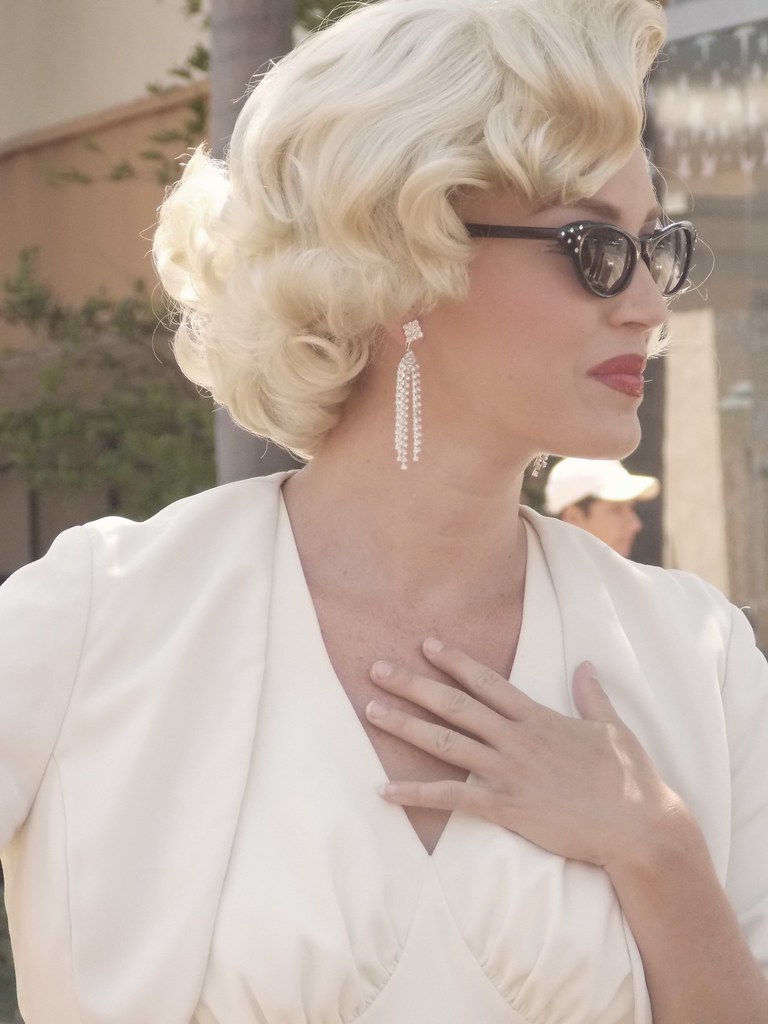
8. **Marriage to Joe DiMaggio and Escalating Studio Conflicts (1954)**By January 1954, the simmering conflict between Marilyn Monroe and 20th Century-Fox reached a critical juncture. Monroe, having become one of the studio’s most bankable stars, remained under a contract that significantly underpaid her and denied her creative input, leading to growing frustration with typecasting. Her attempts to pursue more diverse roles were consistently blocked by studio head Darryl F. Zanuck, who reportedly harbored a “strong personal dislike” for her and doubted her versatility beyond a “pin-up” image. This tension culminated in her refusal to begin filming the musical comedy *The Girl in Pink Tights*.
Zanuck, under pressure to maximize profits by focusing solely on entertainment, responded by suspending Monroe in January 1954. This power struggle between a burgeoning star and the rigid studio system garnered significant public attention, becoming front-page news. To counter negative publicity and assert her independence, Monroe strategically leveraged her personal life.
On January 14, 1954, Monroe married retired New York Yankees baseball star Joe DiMaggio at San Francisco City Hall. This highly publicized union, following a two-year romance, served as both a personal milestone and a public relations maneuver. The couple combined their “honeymoon” with DiMaggio’s business trip to Japan, from where Monroe traveled to Korea to perform for over 60,000 U.S. Marines in a USO show over four days, further solidifying her public image and generating goodwill. Following her return to the United States, she was honored with Photoplay’s “Most Popular Female Star” prize, demonstrating her enduring appeal.
Monroe eventually reached a settlement with Fox in March 1954. This agreement promised her a new contract, a bonus of $100,000, and a starring role in the film adaptation of the acclaimed Broadway success *The Seven Year Itch*. Despite the reconciliation, the foundational issues of creative control and fair compensation remained at the forefront of her professional aspirations. However, the private challenges of her marriage to DiMaggio, marked by his jealousy and controlling nature, were already beginning to emerge, setting the stage for future personal upheaval.
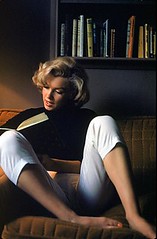
9. **The Seven Year Itch and Founding Marilyn Monroe Productions (1954-1955)**Before embarking on her next major project, Otto Preminger’s Western *River of No Return*, filmed prior to her suspension, was released in April 1954. Monroe herself dismissed it as a “Z-grade cowboy movie,” expressing dissatisfaction with a role she felt prioritized scenery over acting and the then-novel CinemaScope process. Despite her critical assessment, the film proved popular with audiences, underscoring her commercial draw even in projects she disliked. Subsequently, she was required by the studio to fulfill her obligation by appearing in the musical *There’s No Business Like Show Business*, a film she strongly disliked and which was met with poor critical reception upon its late 1954 release.
In September 1954, Monroe began filming Billy Wilder’s iconic comedy *The Seven Year Itch*, starring opposite Tom Ewell. Her role as a woman who becomes the object of her married neighbor’s sexual fantasies would yield one of cinema’s most indelible images. Although the film’s primary production occurred in Hollywood, the studio orchestrated a publicity stunt in Manhattan: the filming of a scene on Lexington Avenue where Monroe’s white dress billowed upwards from a subway grate. This event, drawing nearly 2,000 spectators and lasting several hours, captivated global media.
The “subway grate scene” became an instant classic, cementing Monroe’s status as a global phenomenon. Upon its release in June 1955, *The Seven Year Itch* proved to be one of the year’s biggest commercial successes. Yet, this public triumph coincided with a profound personal crisis. The pervasive publicity surrounding the Manhattan stunt further strained her already troubled marriage to Joe DiMaggio. His profound jealousy and controlling behavior, reportedly coupled with physical abuse, led Monroe to file for divorce in October 1954, just nine months after their wedding.
Following the completion of *The Seven Year Itch* in November 1954, Monroe made a bold move, departing Hollywood for the East Coast. There, she co-founded Marilyn Monroe Productions (MMP) with photographer Milton Greene, an action recognized as “instrumental” in challenging the entrenched studio system. Monroe publicly declared her weariness of “the same old sex roles” and asserted that Fox had failed to honor its contractual obligations, including a promised bonus. This defiance ignited a year-long legal battle with the studio throughout 1955, while the press largely mocked her, exemplified by her parody in the Broadway play *Will Success Spoil Rock Hunter?*.
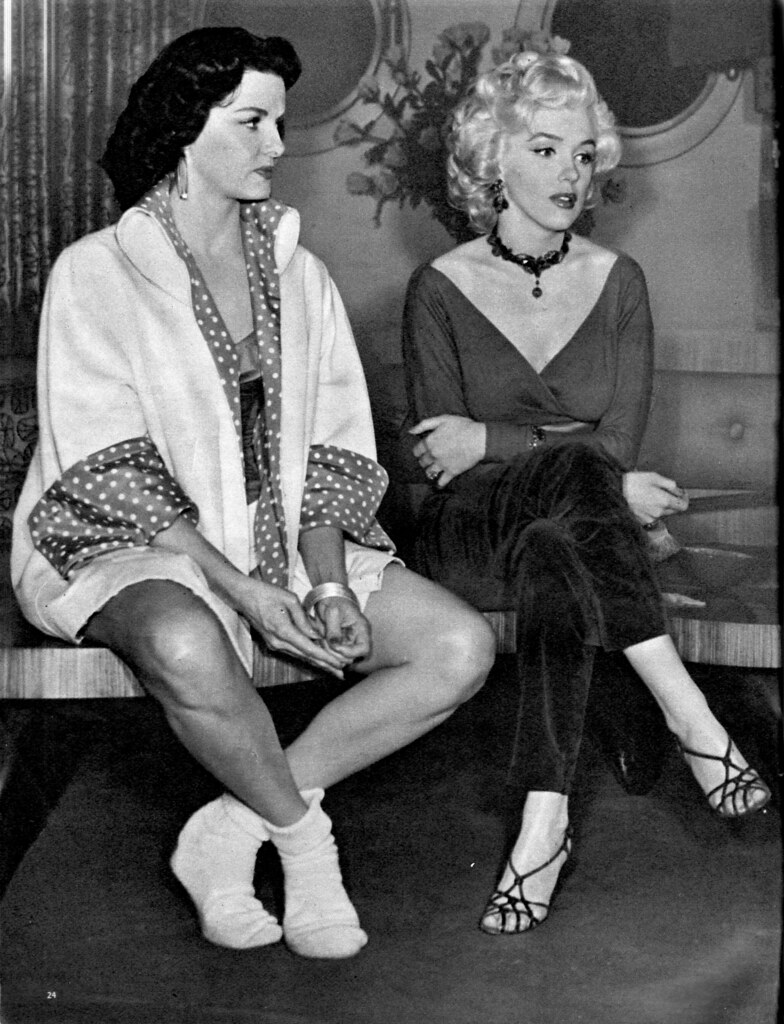
10. **Intensive Method Acting Studies and Personal Evolution (1955)**Having established Marilyn Monroe Productions, Monroe relocated to Manhattan and dedicated herself to intensive acting studies throughout 1955. Her commitment to artistic growth led her to take classes with Constance Collier and, more significantly, attend workshops on method acting at the esteemed Actors Studio, under the guidance of Lee Strasberg. This period marked a crucial shift in her professional approach, as she sought to deepen her craft beyond the superficial demands of her existing screen persona.
Monroe quickly developed a profound connection with Lee Strasberg and his wife, Paula, becoming an honorary member of their family. Her shyness often led her to receive private lessons at their home, forging a close mentorship that would prove pivotal for the remainder of her career. The Strasbergs’ influence became so significant that Monroe replaced her long-time acting coach, Natasha Lytess, with Paula, further solidifying their role in her artistic development.
As part of her comprehensive approach to acting and personal understanding, Monroe also began undergoing psychoanalysis. This step was encouraged by Strasberg, who subscribed to the belief that actors must confront their emotional traumas and integrate these experiences into their performances. This intensive self-exploration underscored her determination to transcend previous limitations and cultivate a more profound connection to her roles.
This period of dedicated study and personal introspection was crucial in shaping the trajectory of her career. It empowered Monroe with a renewed sense of purpose and the tools to assert greater creative control, ultimately leading to a more advantageous contractual agreement with 20th Century-Fox, where she would be granted more artistic freedom and a significantly increased salary.
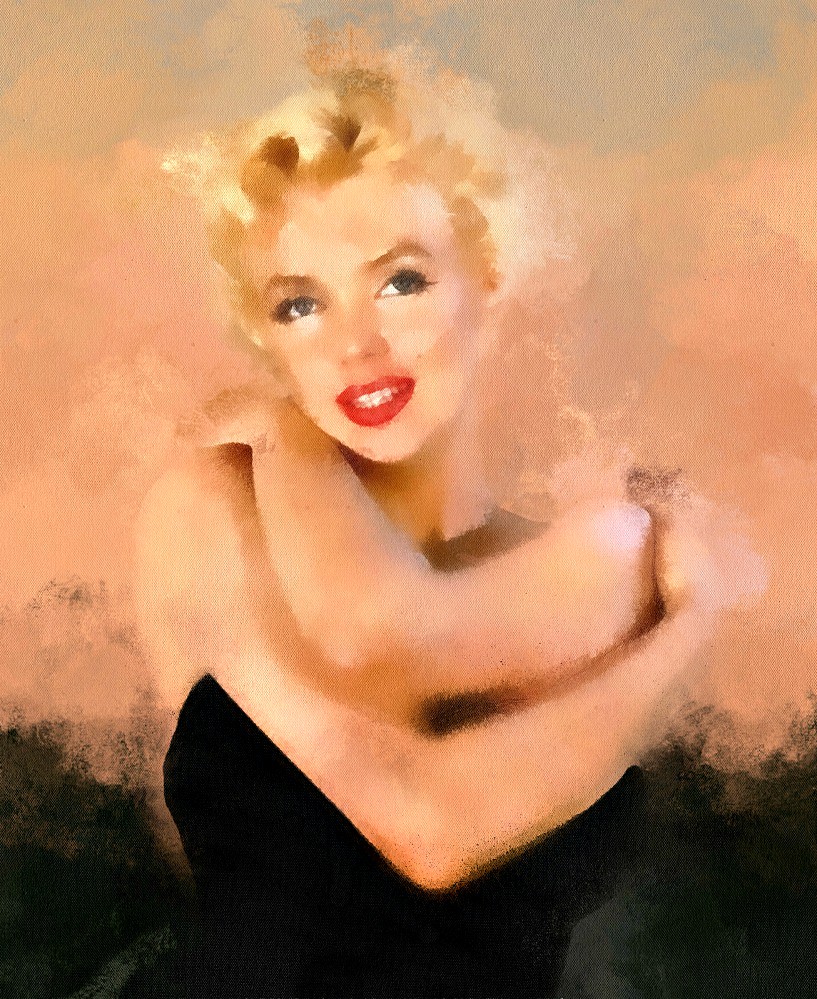
11. **Navigating Relationships and Securing Artistic Freedom (Late 1955)**During her intense period of method acting study and personal development in 1955, Marilyn Monroe’s private life continued to unfold under public scrutiny. Despite the ongoing divorce proceedings, she maintained an intermittent relationship with Joe DiMaggio. Simultaneously, she briefly dated other notable figures, including actor Marlon Brando, who later stated their intermittent relationship continued until her death. However, a more serious romantic involvement began to develop with the playwright Arthur Miller.
Their relationship intensified significantly after October 1955, coinciding with the finalization of Monroe’s divorce from DiMaggio and Miller’s separation from his wife, Mary Slattery. This burgeoning romance, however, presented a new set of challenges from the studio’s perspective. Miller was under investigation by the FBI due to allegations of communism and had been subpoenaed by the House Un-American Activities Committee. The studio urged Monroe to end the relationship, fearing negative publicity and political fallout, but she steadfastly refused to comply.
Monroe’s refusal to abandon Miller led directly to the FBI opening a file on her. Despite years of investigation, the FBI ultimately found no conclusive evidence linking her to the Communist Party of the United States, concluding that while her views were “very positively and concisely leftist,” there was no indication of active involvement. This incident highlighted her growing defiance of studio interference in her personal life.
By the end of 1955, Monroe and 20th Century-Fox successfully negotiated a new seven-year contract. While Marilyn Monroe Productions (MMP) had given her leverage, the reality was that MMP alone could not finance major film productions. Fox, eager to have its most marketable star back, agreed to significant concessions. The new contract stipulated that Fox would pay her $400,000 for four films and, crucially, granted her the right to choose her own projects, directors, and cinematographers. Furthermore, she secured the right to make one film with MMP for every completed film for Fox, marking a monumental victory in her pursuit of artistic control and a substantial increase in her professional autonomy.
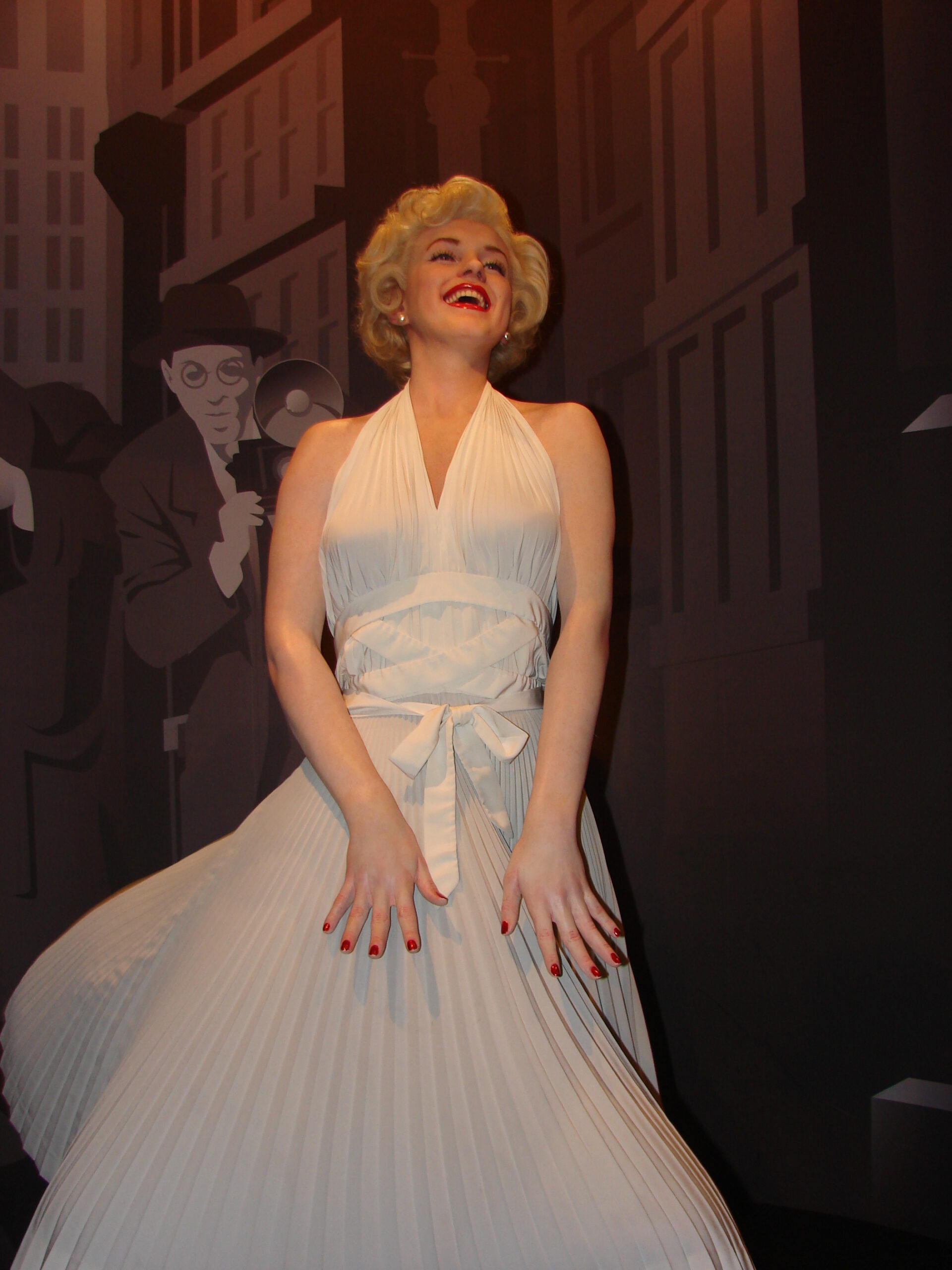
12. **Critical Acclaim in *Bus Stop* and Marriage to Arthur Miller (1956)**With her new contract in hand and a renewed sense of artistic purpose, Marilyn Monroe began 1956 on a triumphant note, publicly declaring her victory over 20th Century-Fox. This pivotal moment in her career was further marked by a legal change on February 23, 1956, when she formally adopted “Marilyn Monroe” as her legal name. The press lauded her tenacity; *Time* magazine hailed her as a “shrewd businesswoman,” and *Look* predicted her triumph would serve as an “example of the individual against the herd for years to come.” Conversely, her relationship with Arthur Miller drew some negative comments, with columnist Walter Winchell remarking that “America’s best-known blonde moving picture star is now the darling of the left-wing intelligentsia.”
In March, Monroe commenced filming *Bus Stop*, her inaugural project under the new, empowering contract. In this drama, she portrayed Chérie, a naive saloon singer whose aspirations for stardom become entangled with a lovesick cowboy. For the role, Monroe meticulously adopted an Ozark accent and deliberately chose costumes and makeup that stripped away the glamour typically associated with her image, presenting a more raw and authentic portrayal. Her singing and dancing were intentionally delivered with a subdued, mediocre quality to fit the character’s nuanced reality. Broadway director Joshua Logan, initially skeptical of Monroe’s acting abilities and aware of her reputation for being difficult, agreed to direct.
The filming, which took place in Idaho and Arizona, saw Monroe effectively “technically in charge” as the head of MMP, occasionally influencing cinematographic decisions. Logan, adapting to her chronic lateness and perfectionism, ultimately revised his opinion, later comparing her ability to blend comedy and tragedy to that of Charlie Chaplin. This endorsement from a respected director marked a significant turning point in public perception of her acting prowess.
On June 29, 1956, Monroe and Arthur Miller were married in a brief civil ceremony in White Plains, New York, followed by a Jewish ceremony two days later. Monroe’s conversion to Judaism with her marriage notably led to Egypt banning all of her films. The union of Monroe, a prominent sex symbol, and Miller, an esteemed intellectual, was perceived by the media as an unlikely pairing, encapsulated by *Variety*’s headline, “Egghead Weds Hourglass.” *Bus Stop* was released in August 1956 to both critical and commercial success, with *The Saturday Review of Literature* asserting that Monroe’s performance “effectively dispels once and for all the notion that she is merely a glamour personality.” Bosley Crowther of *The New York Times* unequivocally declared, “Hold on to your chairs, everybody, and get set for a rattling surprise. Marilyn Monroe has finally proved herself an actress,” solidifying her reputation as a serious dramatic artist and earning her a Golden Globe nomination for Best Actress in a Leading Role – Musical or Comedy.
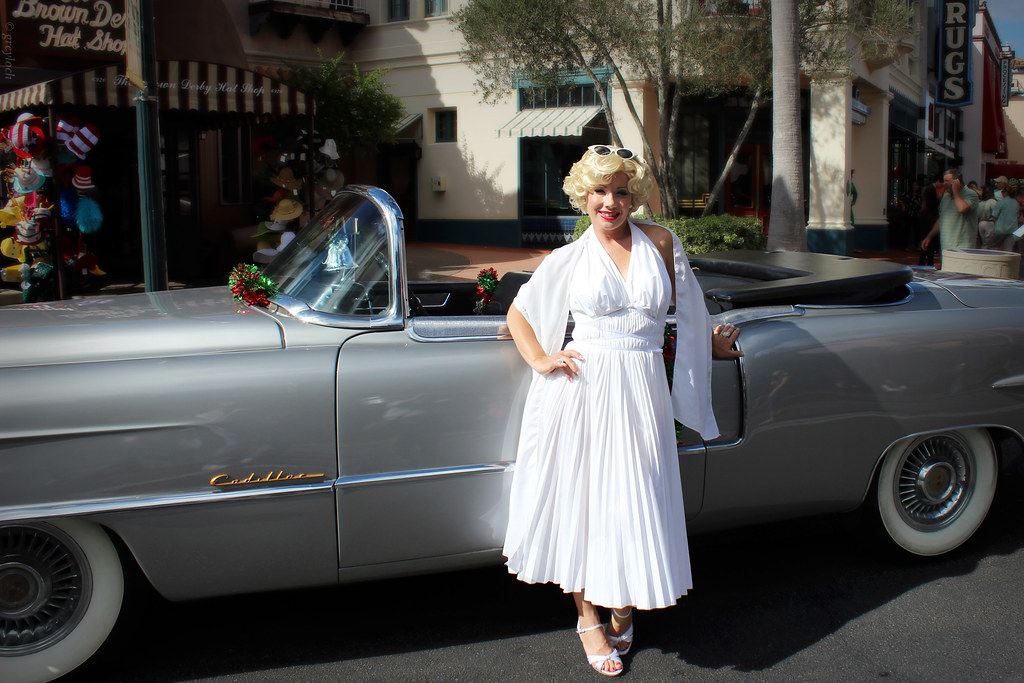
13. **Challenges of Independent Production: *The Prince and the Showgirl* (1956-1957)**Fresh from the success of *Bus Stop* and newly married, Marilyn Monroe embarked on Marilyn Monroe Productions’ (MMP) first independent film, *The Prince and the Showgirl*, in August 1956 at Pinewood Studios in England. This ambitious project, based on Terence Rattigan’s 1953 stage play, was to be directed by, co-produced by, and co-starring the acclaimed British actor Laurence Olivier. However, the production was immediately plagued by significant conflicts between Monroe and Olivier, highlighting the complexities of her newfound artistic control and her ongoing personal struggles.
Olivier, who had also directed and starred in the stage version, frequently angered Monroe with patronizing remarks, such as “All you have to do is be sexy,” and by demanding she replicate Vivien Leigh’s stage interpretation of the character. He also expressed strong disapproval of the constant presence of Paula Strasberg, Monroe’s acting coach, on set. In response to what she perceived as a lack of respect for her artistic contributions, Monroe became increasingly uncooperative, deliberately arriving late to set and demonstrating a challenging demeanor. She later articulated her philosophy: “if you don’t respect your artists, they can’t work well.”
Beyond the professional clashes, Monroe endured significant personal difficulties during the production. Her dependence on pharmaceuticals escalated, and she reportedly suffered a miscarriage, according to biographer Donald Spoto. Concurrently, disagreements emerged between Monroe and Milton Greene regarding the management and direction of MMP. Despite these numerous obstacles, filming was remarkably completed on schedule by the close of 1956.
Upon its release in June 1957, *The Prince and the Showgirl* received a mixed critical reception and struggled to find an audience with American viewers. However, it achieved greater success in Europe, where Monroe was awarded the prestigious Italian David di Donatello and the French Crystal Star awards, and garnered a nomination for a BAFTA. Following her return from England, Monroe took an 18-month hiatus from filmmaking to focus on her marriage and personal life, splitting her time between New York City, Connecticut, and Long Island. During this period, she experienced an ectopic pregnancy in mid-1957 and a miscarriage a year later, both likely linked to her endometriosis. She was also briefly hospitalized due to a barbiturate overdose. Her disagreements with Milton Greene over MMP remained unresolved, culminating in Monroe buying out his share of the company, thus asserting sole ownership and further control over her professional endeavors.
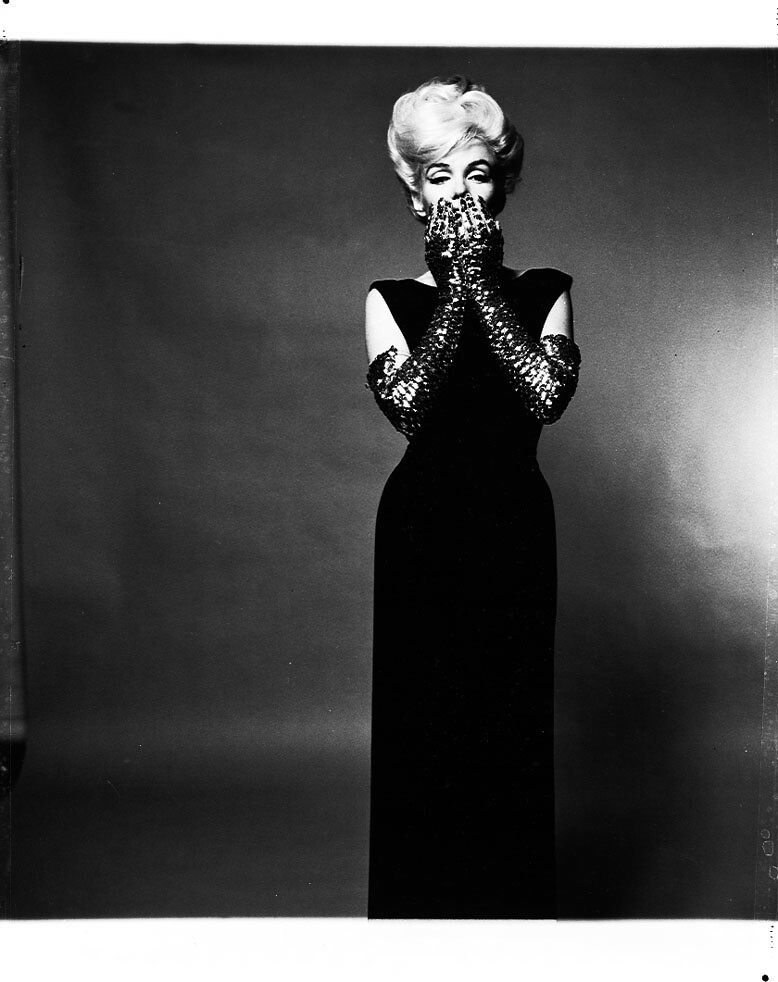
14. **Triumphant Return with *Some Like It Hot* (1958-1959)**After an 18-month hiatus, Marilyn Monroe returned to Hollywood in July 1958 to star opposite Jack Lemmon and Tony Curtis in Billy Wilder’s iconic comedy *Some Like It Hot*. Despite the allure of working with a legendary director and acclaimed co-stars, Monroe initially viewed the role of Sugar Kane as another iteration of the “dumb blonde” persona she had fought so hard to escape. However, with encouragement from her husband, Arthur Miller, and a lucrative offer of 10% of the film’s profits in addition to her standard salary, she ultimately accepted the role, setting the stage for one of the most famously difficult, yet ultimately triumphant, productions in Hollywood history.
The filming of *Some Like It Hot* has since become “legendary” for the extraordinary challenges it presented. Monroe’s behavior on set was widely documented; she reportedly demanded dozens of retakes for single scenes, frequently forgot her lines, and often deviated from the director’s instructions. Tony Curtis famously remarked that kissing her was “like kissing Hitler” due to the sheer number of retakes required. Privately, Monroe likened the production to a “sinking ship,” commenting with a dark humor on her male co-stars and director: “[but] why should I worry, I have no phallic symbol to lose.” Many of the difficulties stemmed from her fundamental disagreements with Wilder—who himself had a reputation for being challenging—regarding her character’s portrayal. She angered him by requesting alterations to many of her scenes, a tactic that, in turn, exacerbated her stage fright, leading to suggestions that she deliberately sabotaged certain scenes to impose her own artistic vision.
Despite the intense friction and arduous production, Wilder ultimately expressed satisfaction with Monroe’s final performance. He famously stated, “Anyone can remember lines, but it takes a real artist to come on the set and not know her lines and yet give the performance she did!” This acknowledgment underscored the unique, often unscripted, brilliance Monroe brought to her roles, even amidst profound personal and professional turmoil. Her ability to deliver captivating performances despite the chaos became a hallmark of her complex artistry.
Upon its release in March 1959, *Some Like It Hot* was met with widespread critical acclaim and became a significant commercial success. Monroe’s nuanced portrayal of Sugar Kane, injecting vulnerability and depth into a seemingly superficial character, earned her a Golden Globe for Best Actress in a Musical or Comedy. This award was a powerful testament to her enduring talent and ability to transcend the challenging circumstances of her productions, cementing her status as not just a sex symbol, but a formidable actress capable of comedic genius.
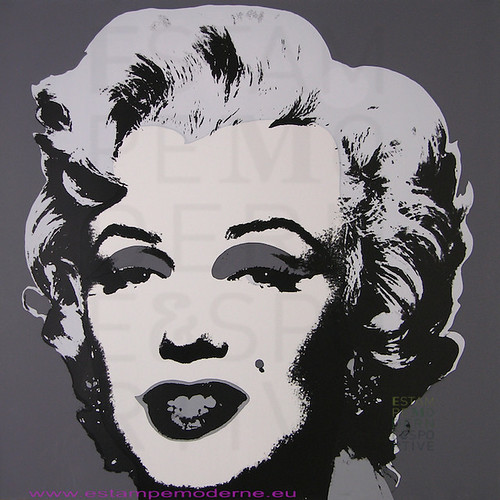
15. **Later Productions, Enduring Struggles, and Lasting Legacy (1961-1962)**Following the triumph of *Some Like It Hot*, Marilyn Monroe’s career continued, though punctuated by increasing personal struggles. Her last completed film was the drama *The Misfits* (1961), a production particularly notable for being written by her husband, Arthur Miller, and co-starring Clark Gable and Montgomery Clift. While the film provided her with a complex, challenging role, its production was also famously difficult, marked by personal tensions and health issues, further underscoring the intertwining of her professional and private lives.
Monroe’s troubled private life continued to receive extensive media attention. Her marriages to both Joe DiMaggio and Arthur Miller were highly publicized affairs, each ending in divorce. These personal challenges, often played out in the public eye, alongside her ongoing battles with anxiety, chronic insomnia, and increasing dependence on barbiturates, amphetamines, and alcohol, became a defining characteristic of her later years. While she did not become severely addicted until 1956, these substances increasingly exacerbated her existing problems, creating a difficult cycle.
On August 4, 1962, Marilyn Monroe died at the age of 36 from an overdose of barbiturates at her Los Angeles home. Her death was ruled a probable suicide, sending shockwaves across the globe and leaving an indelible mark on popular culture. The circumstances of her passing, coupled with the profound impact of her life, instantly elevated her to an iconic, almost mythical, status, transforming her from a star into an enduring legend.
Decades after her untimely death, Marilyn Monroe remains a pervasive and powerful pop culture icon. Her image, embodying the “blonde bombshell” archetype and representing an era’s sexual revolution, continues to be recognized and celebrated worldwide. The American Film Institute has ranked her as the sixth-greatest female screen legend from the Golden Age of Hollywood, a testament to her profound and lasting influence on cinema and society. Her story, a complex tapestry of vulnerability, ambition, and tragic glamour, continues to resonate, securing her place not merely as a historical figure, but as an everlasting emblem of Hollywood’s golden age and the enduring power of celebrity. The careful management of her public image, her strategic defiance of studio control, and her dedicated pursuit of artistic credibility ultimately shaped a legacy that far outlived her brief, yet extraordinary, life.


